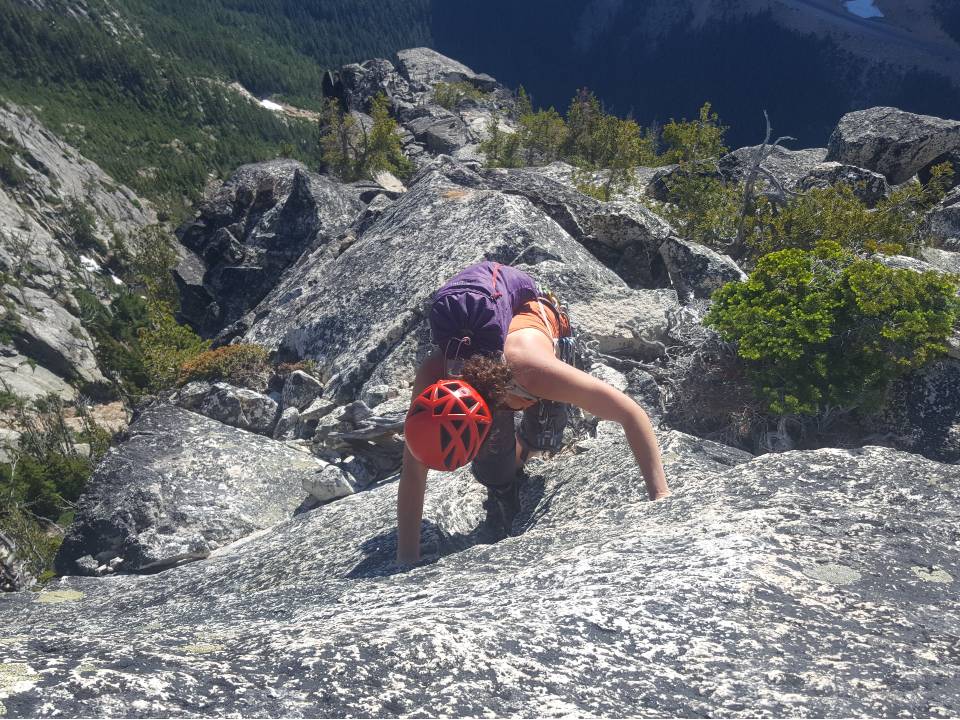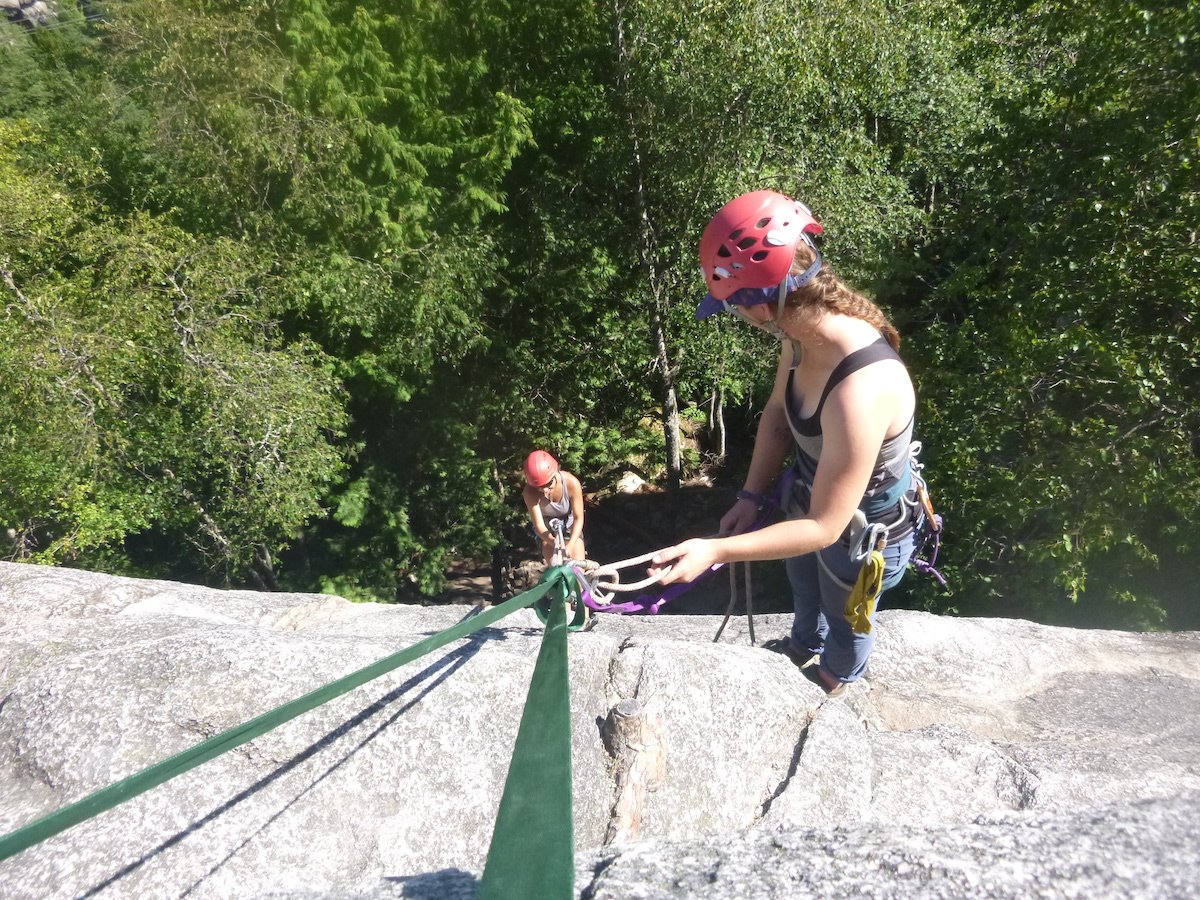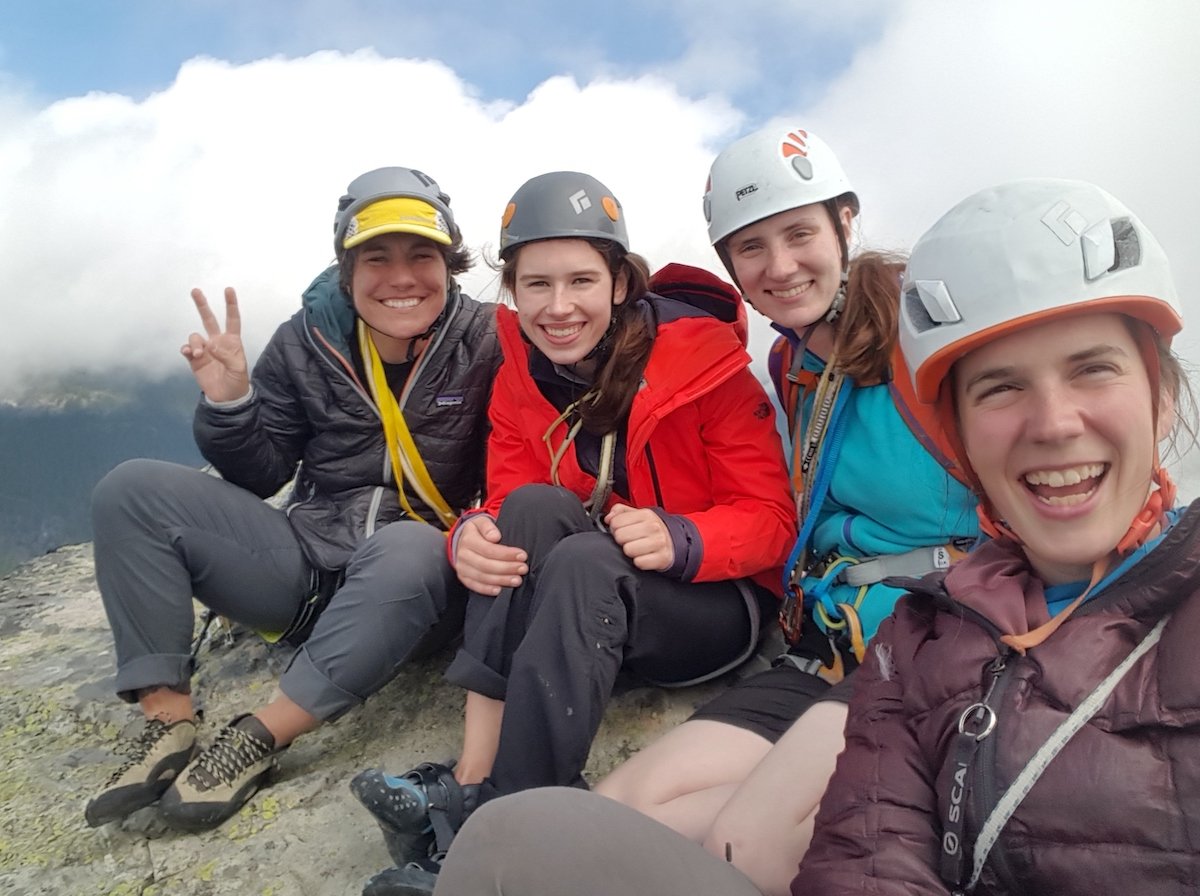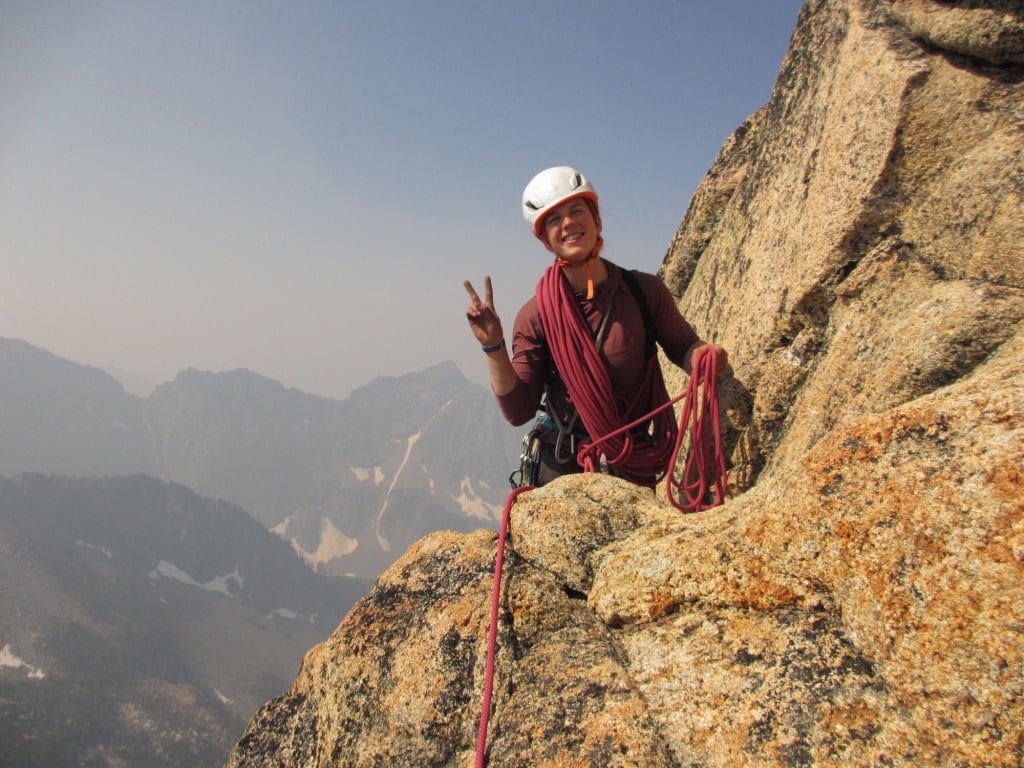
The concept of “transference,” or applying the lessons we learn in the backcountry to our daily lives, has stuck with me since my time as a NOLS student in 2010. Building the skills to direct a team across a glacier gave me more than the ability to avoid a crevasse fall; I left my semester in Patagonia transformed as a leader. Years later, in my personal climbing, I always try to connect with the “why” behind the activity.
Psychiatrist William Glasser identifies four basic human needs beyond survival that drive our behavior. As long as we have sufficient food, water, and shelter, Glasser argues that the choices we make everyday are driven by our requirements for:
- Power
- Freedom
- Love and belonging
- Fun
As I’ve spent more time in the vertical, I’ve noticed that my relationship with climbing has shifted to fill whichever need is strongest. Early in my career, I was driven by a desire for technical competence, which I now realize aligns with Glasser’s description of “power.” More recently, climbing has been a much needed source of fun as external stresses pile on.
The more I understand my reasons for ascending rock faces, the better I can transfer the lessons to the rest of my life. Eight years into the sport, climbing has filled all four of my basic needs at various points, and I’m sure it will continue to shift as I stay on belay.
Power

“Two feet on the ground, high five!”
I had just lowered my partner to the ground after he cleaned the anchor, and we were very proud of ourselves. On a trip to Smith Rock early in my climbing career, our biggest accomplishment was getting the whole group down from a route. We didn’t celebrate when the chains were clipped, and we weren’t pushing our difficulty.
At that time, climbing was meeting my need for power, which can also be understood as developing competence. Mastering technical systems was key to unlocking my autonomy in the sport, so all I wanted was to learn how to build anchors, lead belay, and rappel. I am not even sure I enjoyed climbing movement at the time, I was just hungry for skills.
The process of understanding climbing systems gave me the confidence I needed in other areas. Soon after that Smith Rock trip (though with much more training!), I was setting up top-ropes for middle schoolers, capable of facilitating this experience as a leader.
Freedom

After finishing up a seasonal job a few years ago, I packed my car and drove from Seattle to Indian Creek. I was so curious about the steep, perfectly parallel cracks I’d seen in pictures; I wanted to find out if I could get to the top. I didn’t know anyone going there at the time, so I went by myself and roped up with people I met in the parking lot.
After years of applying for certain jobs because I thought I should, climbing gave me the freedom to do something just because I wanted it. Since heading to the desert to test myself against vertical sandstone, I’ve applied this mentality to other pursuits. Climbing has helped me trust my intuition and pay less attention to the “shoulds.”
Love and Belonging

Another year, on a late fall trip to Red Rock Canyon, my friend and I made a poor decision to climb a popular route on the day after Thanksgiving. We could see a few other groups above us, but we started up anyway. Pretty soon, we were on a ledge 400’ off the canyon floor, stuck below a traffic jam.
We sat at the belay for over an hour, hashing out some of life’s biggest questions. What does it mean to be family? What makes a partnership work? How do we deal with past and present grief when it shows up unexpectedly.
Friendship and connection are some of the biggest things I’ve gained through climbing. Holding someone on belay forms a unique bond between partners that doesn’t disappear when we untie from the rope. There’s something about being 400’ off the deck or six miles into the mountains that exposes us in a way that’s terrifying and beautiful. If we can figure out how to carry these moments of vulnerability into our daily lives, our relationships will be stronger.
FUN!

This past year, caught in the 24/7 news cycle of COVID-19, worrying about the health of myself and my loved ones, and dealing with unemployment, I felt guilt about continuing to climb. And I didn’t for a while—public lands were mostly closed, and I stayed inside a lot during the spring. But twelve months into the pandemic, I’ve realized the crucial benefits that climbing provides my brain and body during times of stress.
Climbing usually requires that I drive to a crag without phone service for a few hours. The mental and physical engagement of the sport interrupts the negative thought patterns that are on a loop in my head these days. I return feeling more balanced and able to re-engage with news, my work, and my community. It turns out that joy and fun are essential needs, perhaps especially during a crisis.
From the Backcountry to the Frontcountry
Climbing isn’t the only pursuit that can help us meet our basic needs. NOLS students who have fallen in love with kayaking or backpacking probably have similar stories to share.
What is important for me is that I understand how my relationship with climbing is evolving. That way, I can better utilize it to take care of myself and engage more fully with my life. For example, if I’m longing for connection or support, I won’t climb with a stranger from an online meet-up group. Or if I need to decompress, I won’t choose the run-out climb at my limit.
The goal is not to disconnect or escape from reality, but to have the tools to meet it head on. Climbing, biking, kayaking, and so many outdoor activities can be powerful avenues of personal growth and self-awareness, as long as we can take what we learn from the backcountry and use it to live better in the frontcountry.
Start Your Rock Climbing Adventure Today
Explore the deeper connection between climbing and the four basic needs with NOLS. Uncover the profound meaning behind the activity while refining your climbing skills through our expert-led courses. Embark on a journey of self-discovery and sign up for NOLS' Rock Climbing Courses now.
Written By
Katie Griffith
Katie Griffith is a freelance writer and climbing guide based in Joshua Tree and the Cascades. When she's not inching her way up granite cracks, she loves making zines, doodling, and exploring new cities by bicycle. Check out her blog and other published work at ktgriffith.com.


.jpg)

 Climbing the Birdland route. Photo courtesy of Kathryn Martin.
Climbing the Birdland route. Photo courtesy of Kathryn Martin.